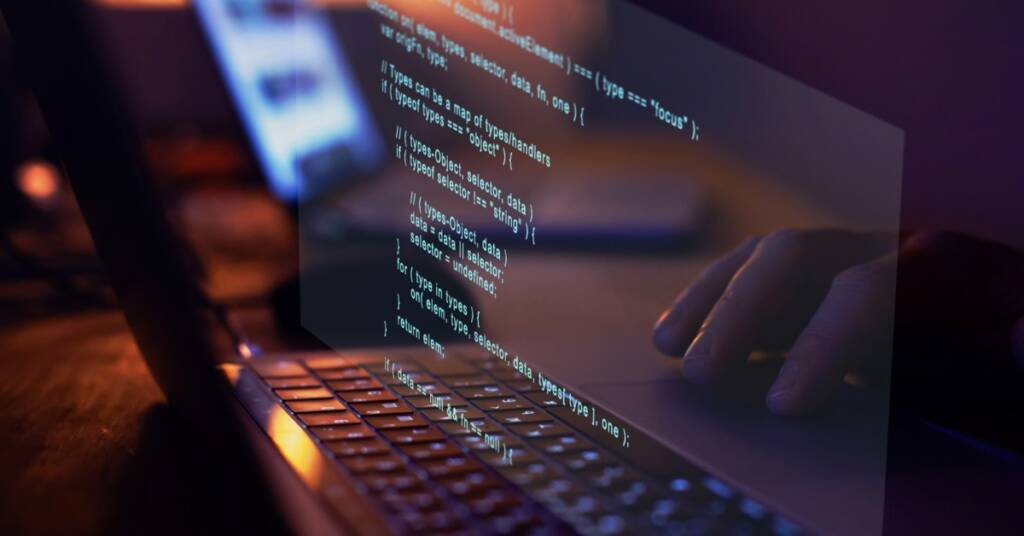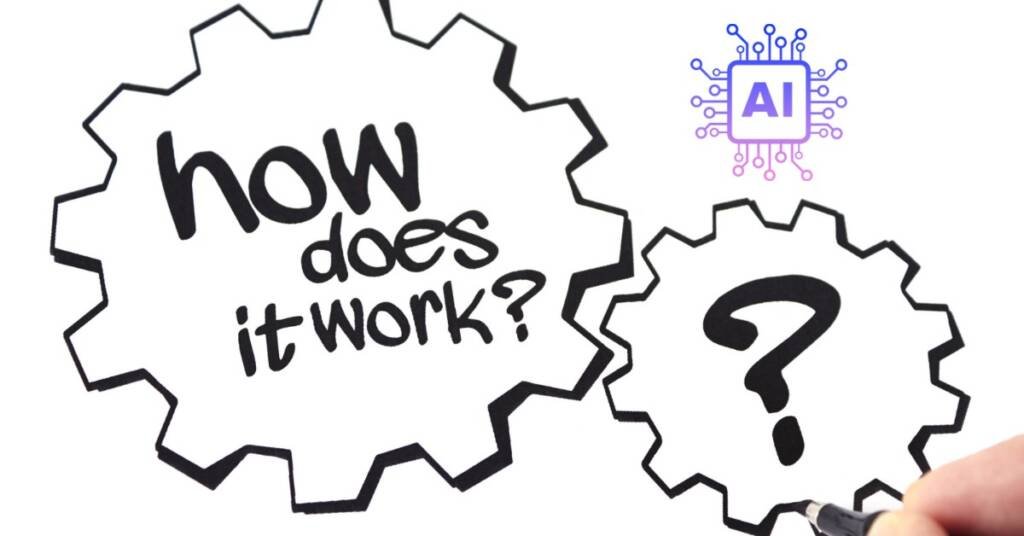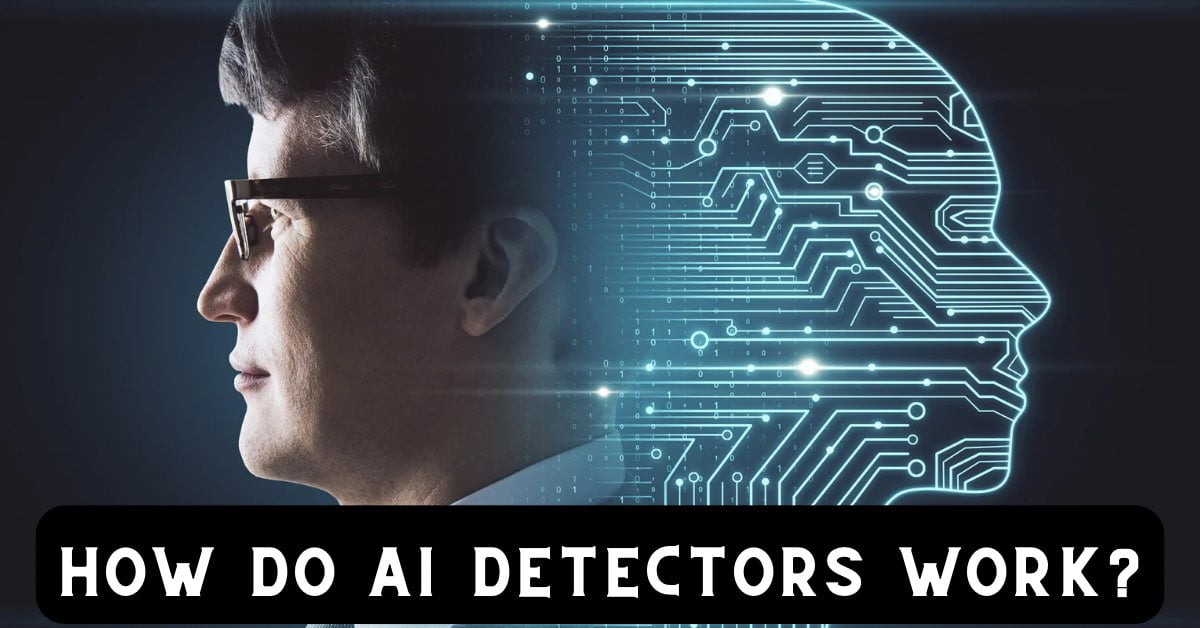Have you ever stumbled upon a piece of writing that seemed oddly perfect, devoid of the natural flow and stylistic quirks found in human-crafted content? Or perhaps you’re a writer yourself, curious about the tools used to detect AI-generated text. In either case, you’ve likely encountered the concept of AI detectors. Now how do AI detectors work?
AI detectors are like bloodhounds for AI writing, sniffing out patterns in sentence structure and word choice that AI often leaves behind. They analyze for repetitive language and factual inconsistencies, acting as grammar cops for AI-generated content.
Note: This article includes AI-generated sections for accuracy, all reviewed and edited by human experts.
Key-Points
AI Detectors:
Fret not, because we’re here to shed light on AI detectors – the digital gatekeepers patrolling the content landscape. But before we delve into their inner workings, let’s establish exactly what they are.
In essence, AI detectors are sophisticated algorithms trained to identify text generated by Artificial Intelligence.
A 2024 HubSpot report states that only 43% of marketers use AI for content generation ideas, and a mere 3% use it to write entire articles.
HubSpot
With such a surge in AI-generated content, the role of AI detectors becomes ever more crucial.
So, how exactly do these AI detectors work their magic? Stay tuned to find out!
Can They Crack the Code of AI-Generated Code?
While AI detectors have become adept at spotting AI-written text, their ability to detect AI-generated code is still under development.
- Code’s Structural Nature: Code relies on logic and structure, making it inherently different from natural language. AI detectors trained on text patterns might struggle to identify anomalies in code.
- Similarities in Coding Styles: Programmers often develop their own coding styles, making it challenging to distinguish between human-written and AI-generated code with similar styles.
However, AI detector developers are constantly innovating. Some potential methods include:
- Analyzing Code Comments and Documentation: AI detectors might scrutinize comments and documentation alongside code, searching for inconsistencies that could signal AI generation.
- Detecting Statistical Anomalies in Code Structure: By analyzing factors like function length, variable naming conventions, and code complexity, AI detectors might identify patterns indicative of AI generation.

It’s important to remember that AI code detection is still in its early stages. While these methods hold promise, further research is needed to refine their accuracy.
How Many AI Detectors Are Out There?
Pinpointing the exact number of AI detectors is tricky. The field is constantly evolving, with new tools emerging frequently. Additionally, some detectors might be private or not publicly available.
AI detector development is a dynamic industry, with new players entering the game all the time. That makes it challenging to give you a definitive count.
The demand for AI content creation is on the rise. As the use of AI-generated content grows, we can expect a corresponding increase in AI detector development.
How do AI Detectors Work?
In the age of digital manipulation, AI image detectors act as gatekeepers, scrutinizing images for signs of artificial origin. But how exactly do these digital sleuths work their magic?

AI image detectors are powered by deep learning algorithms, a type of artificial intelligence that mimics the human brain’s structure and function. These algorithms are trained on massive datasets of real and AI-generated images. By analyzing these images, the algorithms learn to identify patterns and characteristics that differentiate human-made from AI-created visuals.
Here’s a glimpse into their detective work:
- Statistical Analysis: AI detectors delve into the statistical makeup of an image, examining factors like color distribution, texture patterns, and lighting inconsistencies. Deviations from what the algorithm expects in a real photo might signal AI manipulation.
- Object and Scene Recognition: These detectors are trained to recognize objects and scenes within an image. Inconsistencies in perspective, unrealistic object placement, or blurry details in specific areas can raise red flags for the AI.
It’s important to remember that AI image detection is an evolving field. While these methods are becoming increasingly sophisticated, some AI-generated images might still manage to slip through the cracks.
How They Spot Machine-Made Content
AI detectors are like digital detectives, meticulously examining text to sniff out signs of AI authorship. But how do they achieve this feat? Let’s delve into the core principles that power their operation.
Machine Learning at the Forefront:
At the heart of AI detection lies machine learning, a branch of AI that empowers computers to learn from data without explicit programming. Here’s how it works:
- Training on Text Datasets: AI detectors are trained on massive amounts of text data, including both human-written and AI-generated content. This training helps them identify patterns and characteristics unique to each type of text.
- Pattern Recognition in Action: Once trained, the AI detector analyzes incoming text, searching for these patterns. It flags elements that deviate from the norms of human-crafted writing.
Perplexity and Burstiness: Unveiling AI’s Telltale Signs
Here’s a closer look at two key concepts that AI detectors use to spot AI-generated content:
- Perplexity: Imagine how surprised you’d be to encounter an unfamiliar word in a sentence. Perplexity measures this surprise statistically. AI-generated content often exhibits lower perplexity, meaning the word choices are predictable. This can be a sign that an AI, programmed for efficiency, might be prioritizing readability over stylistic nuance.
- Burstiness: Think about the flow and rhythm of your writing. Human-written text often exhibits a natural variation in sentence length and structure. AI detectors analyze burstiness and the degree of this variation. AI-generated content might have lower burstiness, appearing overly uniform in sentence structure.
By analyzing these and other factors, AI detectors build a case for whether a piece of text is likely human-written or AI-generated. It’s important to remember that AI detection is not foolproof, and these are just some of the tools in the detector’s arsenal.
How AI Detectors Analyze Text for Authenticity
Some of the common detection methods they employ.
Statistical Sleuthing:
AI detectors act like statistical bloodhounds, sniffing out inconsistencies in various aspects of a text’s composition. Here’s a breakdown of their investigative techniques:
- Word Choice Anomalies: Human writers tend to exhibit a natural variation in vocabulary use. AI detectors can flag statistically unusual word choices, where the text employs overly complex or uncommon words in a way that deviates from typical human writing patterns.
- Sentence Length Discrepancies: Have you ever noticed a writer with a distinctive rhythm to their prose, with sentences of varying lengths and structures? Human writing is rarely monotonous. AI detectors can identify inconsistencies in sentence length, where the text exhibits a suspicious uniformity or repetitive structure, suggesting possible AI generation.
- Stylistic Consistency Under the Microscope: Imagine a writer who shifts between formal and informal tones or abruptly changes their writing style mid-text. It would likely raise eyebrows. AI detectors analyze stylistic consistency, looking for jarring shifts in tone, voice, or formality that might indicate a handoff between an AI and a human editor (or vice versa).
Where Do AI Detectors Come Into Play?
AI detectors have become valuable tools across various industries, acting as guardians against machine-generated content that might infiltrate our digital spaces.
Here are some specific applications:
Safeguarding Academic Integrity
Educational institutions rely on AI detectors to maintain a level playing field. These detectors can help identify potential plagiarism in student assignments, where students might attempt to pass off AI-generated text as their own work.
Content Marketing with Authenticity
In the content marketing world, maintaining a genuine voice is crucial. AI detectors can assist businesses by ensuring their content adheres to their established style and avoids inconsistencies that might signal AI authorship. This helps build trust and credibility with their audience.
Combating Plagiarism on a Larger Scale
AI detectors play a role in combating plagiarism beyond academia. They can be used by bloggers, journalists, and content creators to ensure the originality of their sources and protect their own work from being plagiarized by AI.
By providing these applications, AI detectors empower users to maintain the integrity and authenticity of content across various fields.
AI Detectors: A Work in Progress
While AI detectors are powerful tools, it’s important to acknowledge their limitations. The arms race between AI content generators and AI detectors is ongoing. Here’s a balanced view:
Not Foolproof
AI detectors are constantly evolving, but they can’t guarantee perfect accuracy. Sophisticated AI writing tools are designed to mimic human writing styles, making it increasingly challenging for detectors to identify them flawlessly.
The Future of Detection
The field of AI detection is rapidly advancing. Developers are exploring new methods to counter the evolving tactics of AI writing tools. These methods might include:
- Focus on nuancing factors: Analyzing the context, logic flow, and reasoning within a text can help detectors identify AI-generated content that might appear stylistically human-like on the surface.
- Adapting to new patterns: As AI writing tools become more adept at bypassing current detection methods, AI detectors will need to continuously adapt and learn new patterns to maintain their effectiveness.
1. What does AI content detector do?
AI content detectors are tools that analyze text to identify content likely generated by artificial intelligence. They work by examining factors like sentence structure, word choice, and overall coherence to determine if the content is human-written or AI-generated.
2. Can you bypass an AI content detector for free?
It’s generally not advisable to try to bypass AI content detectors. Search engines prioritize original content, and using AI-generated content to cheat the system can hurt your website’s ranking. It’s better to focus on creating high-quality, informative content that will naturally perform well in search results.
3. Are AI content detectors accurate?
AI content detector accuracy varies. While they can help identify some AI-generated content, they aren’t perfect. As AI technology continues to evolve, detectors may struggle to keep up. The best approach is to use them as a starting point, but always review the content yourself to make a final judgment.
4. How can I get a free AI content detector?
Several free AI content detector tools are available online. However, these tools may have limitations in terms of accuracy or features. Consider trying the free versions of reputable plagiarism checkers, as some may offer basic AI content detection capabilities.
5. Are AI content detectors accurate? (duplicate question)
This question has already been addressed earlier. AI content detector accuracy can vary, so it’s important to use them with caution and make your judgment about the content.
